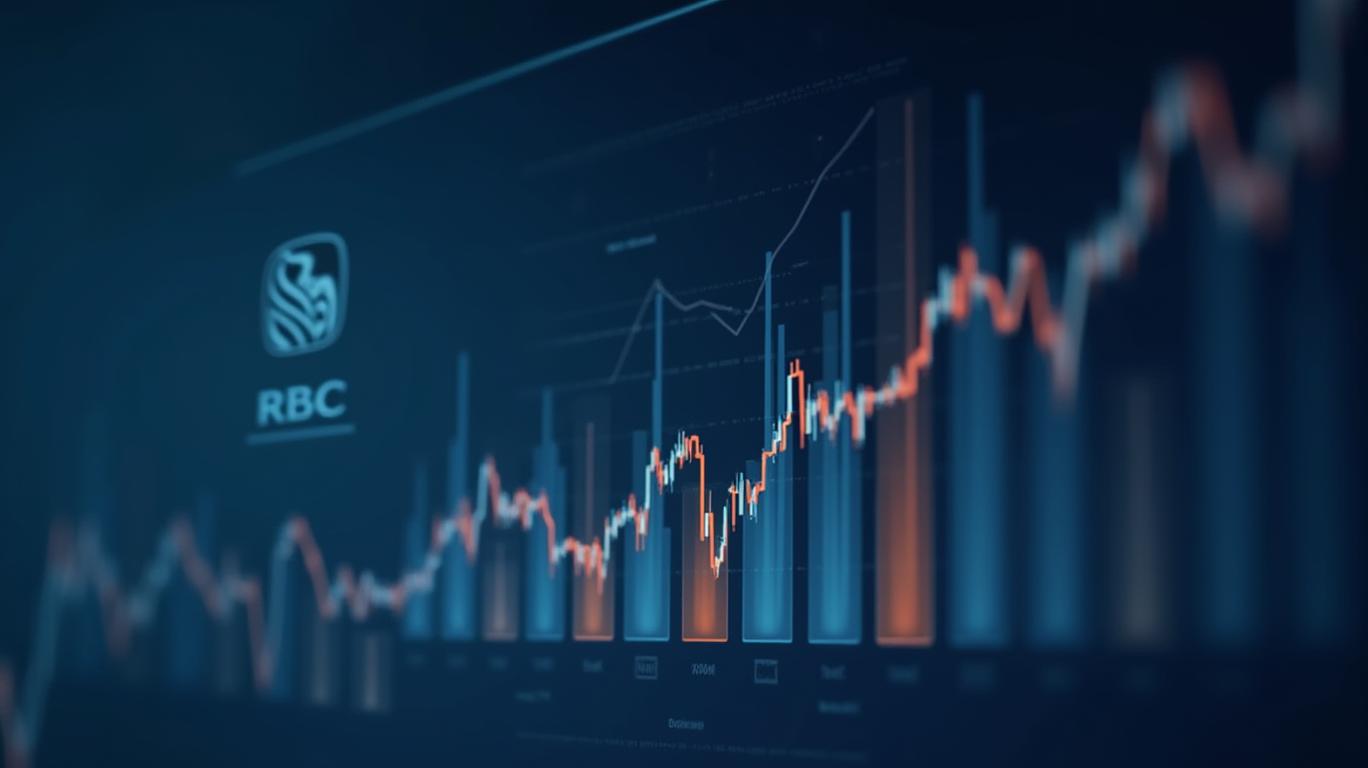Navigating Corporate Bond ETFs in a Volatile Rate Environment: The Case of USIG's Monthly Distribution
The iShares Broad USD Investment Grade Corporate Bond ETF (USIG) recently declared a monthly distribution of $0.1933 per share, a figure that underscores both the opportunities and challenges in today’s fixed-income market. For income-focused investors, this announcement raises critical questions: What does this distribution signal about USIG’s underlying portfolio? How does it align with broader macroeconomic trends, and what risks should investors monitor? Let’s dissect the factors at play.
Ask Aime: How does USIG's distribution impact its underlying bond portfolio?
The Distribution in Context
A monthly payout of $0.1933 translates to an annualized distribution rate of approximately 2.32% (assuming a share price of $100). While this may seem modest in isolation, it must be viewed within the context of USIG’s broader yield profile. As of April 17, 2025, the ETF’s ACF Yield to Worst/Maturity stands at 5.68%, a robust figure reflecting the higher yields available in today’s corporate bond market. This discrepancy highlights the difference between distribution yield (based on recent payouts) and total return yield (accounting for price changes and reinvestment). Investors should consider both metrics when evaluating income potential.

USIG’s Strategy and Market Dynamics
USIG aims to track an index composed of U.S. and non-U.S. dollar-denominated investment-grade corporate bonds, with at least 80% of assets allocated to these securities. This diversification mitigates concentration risk, as the portfolio includes issuers from multiple sectors and regions. The ETF’s +135 basis point spread over the 10-year Treasury yield reflects the premium investors demand for taking on corporate credit risk—a spread that has widened meaningfully from historical averages amid elevated economic uncertainty.
Risks and Considerations
While USIG’s distribution and yield are attractive, two critical risks demand attention. First, its Modified Duration of 6.67 years implies significant sensitivity to interest rate movements. For instance, a 1% rise in rates could reduce the ETF’s net asset value (NAV) by approximately 6.7%, offsetting months of income. Second, the corporate credit environment remains fragile, with sectors like energy and real estate facing liquidity pressures. USIG’s focus on investment-grade bonds reduces default risk, but widening spreads could still pressure returns.
The Broader Macro Picture
The Federal Reserve’s pause in rate hikes since May 2023 has stabilized bond markets, but the path forward is unclear. If inflation surprises to the upside, the Fed may resume tightening, exacerbating duration risk. Conversely, a recession could push investors into the relative safety of corporate bonds, narrowing spreads and boosting prices. Investors in USIG must balance income needs against these macro uncertainties.
Conclusion: A Strategic Balancing Act
USIG’s $0.1933 monthly distribution and 5.68% ACF Yield position it as a compelling income vehicle in a low-yield world. However, its 6.67-year duration and exposure to corporate credit make it vulnerable to rate shocks and economic downturns. The ETF’s +135 bps spread over Treasuries suggests a risk premium worth considering for diversified portfolios, but investors should limit allocations to align with their risk tolerance.
For income seekers, pairing USIG with shorter-duration bond ETFs (e.g., IGSB, with a duration of ~4 years) or Treasury inflation-protected securities (TIPS) could create a more balanced fixed-income strategy. Meanwhile, monitoring the Federal Reserve’s policy stance and corporate credit metrics will remain critical to navigating this volatile environment.
In short, USIG offers a solid entry point for those prioritizing income, but success hinges on disciplined risk management in an uncertain rate landscape.

_b905d9341749265671656.jpg)








